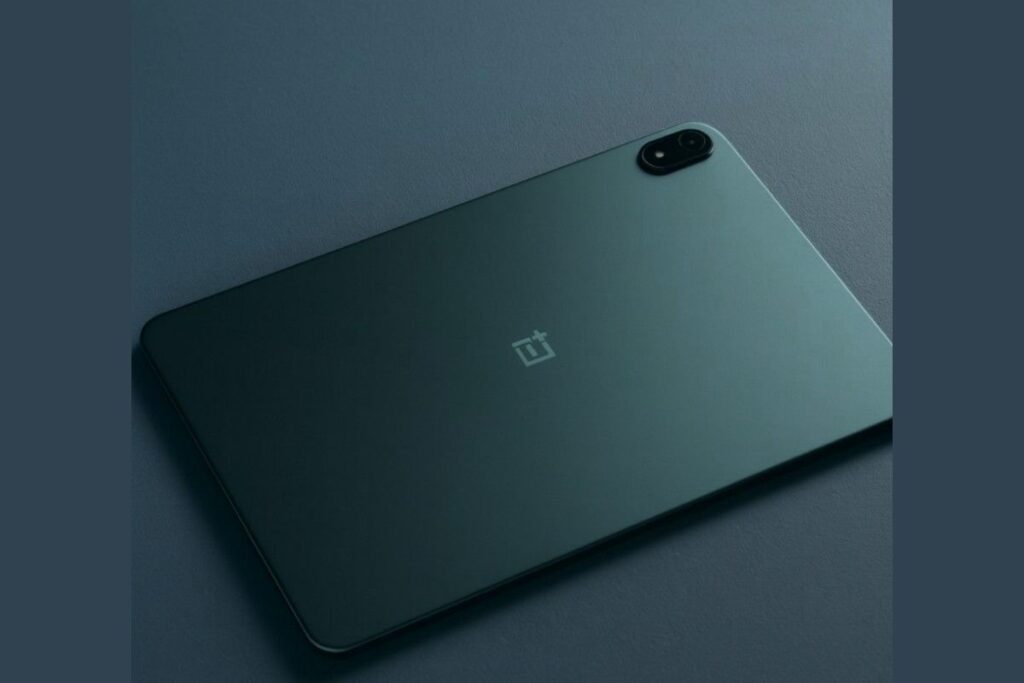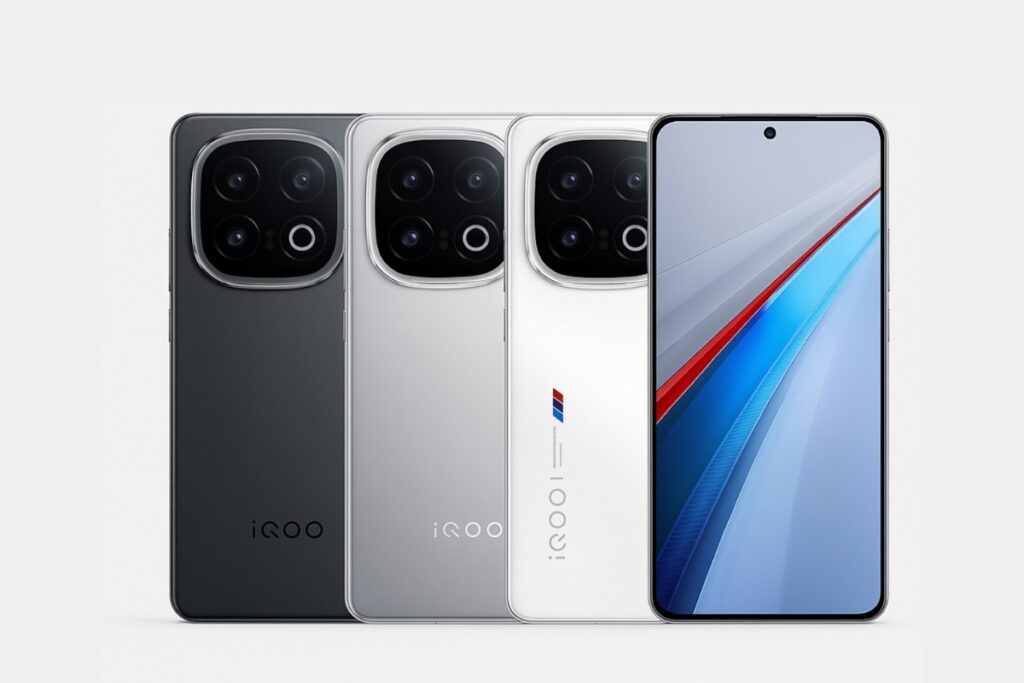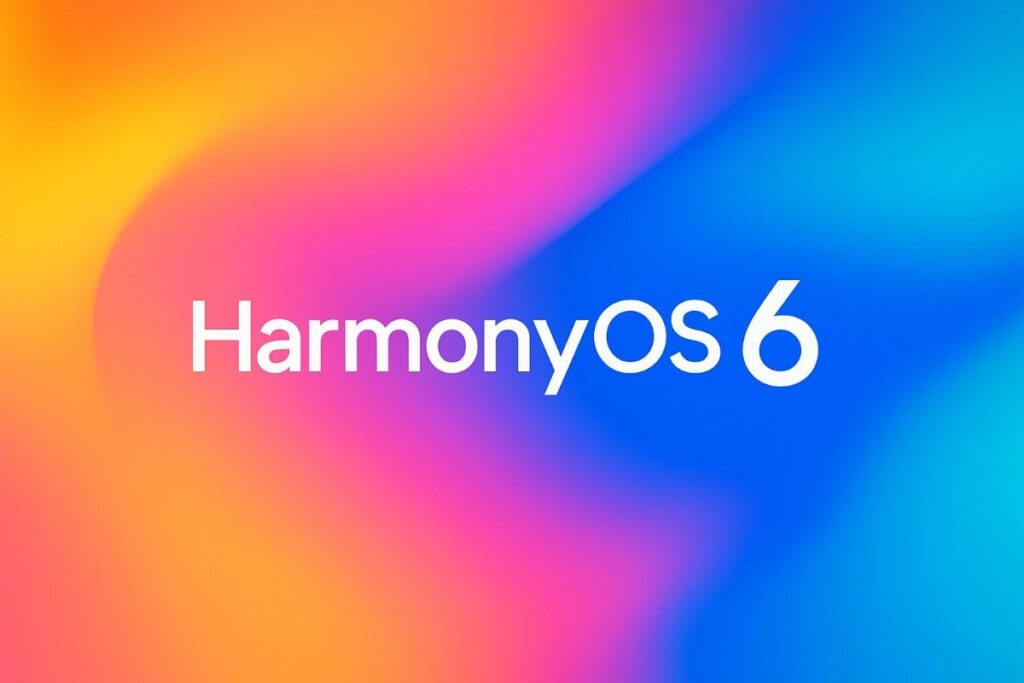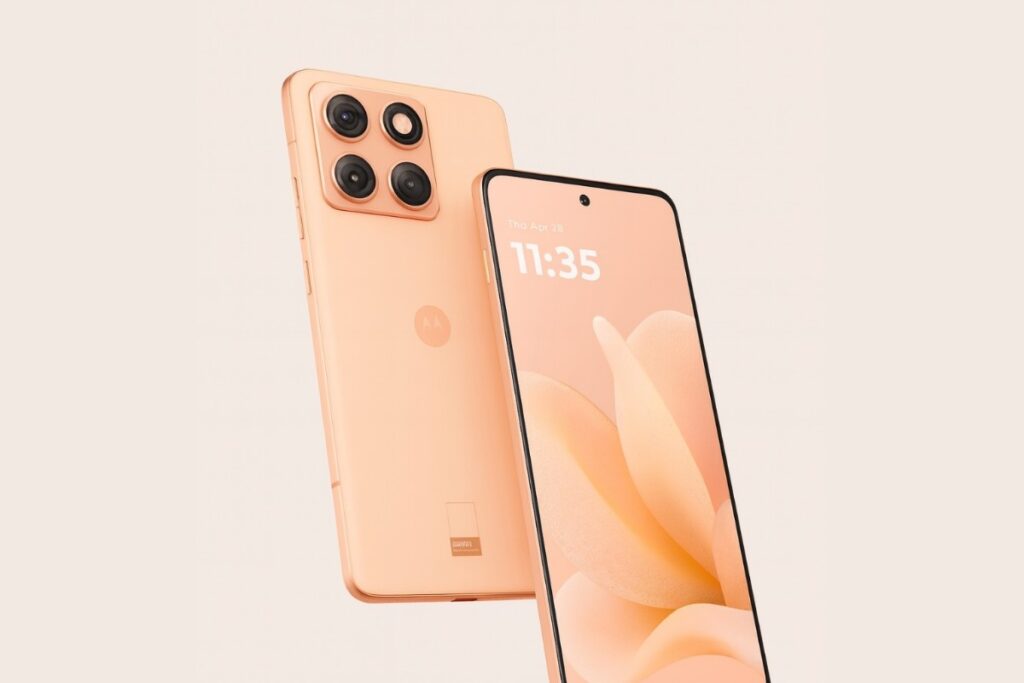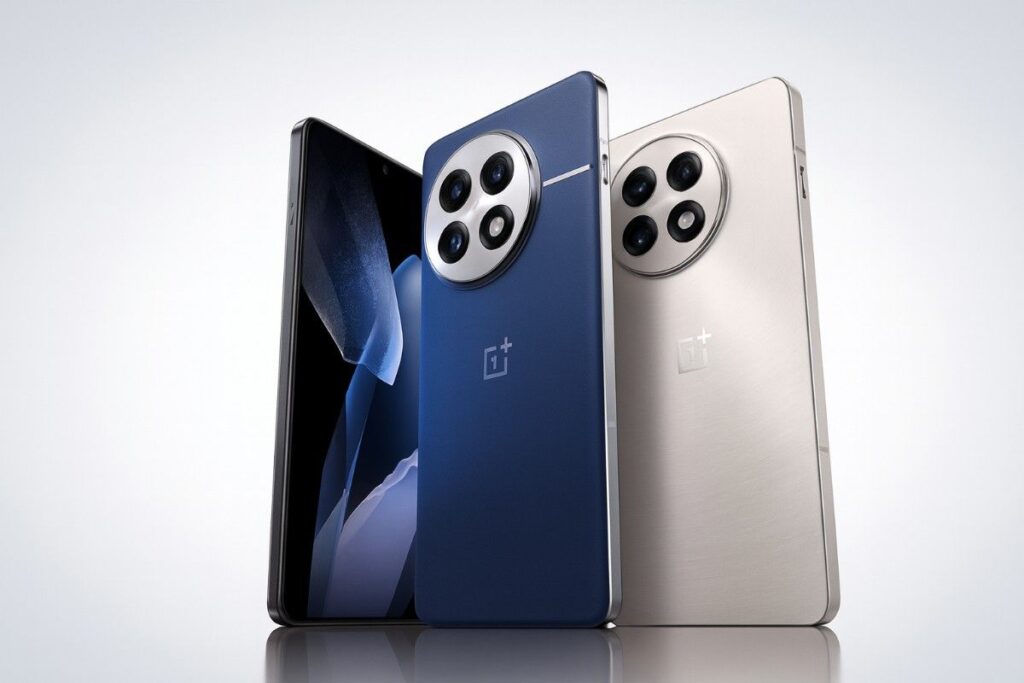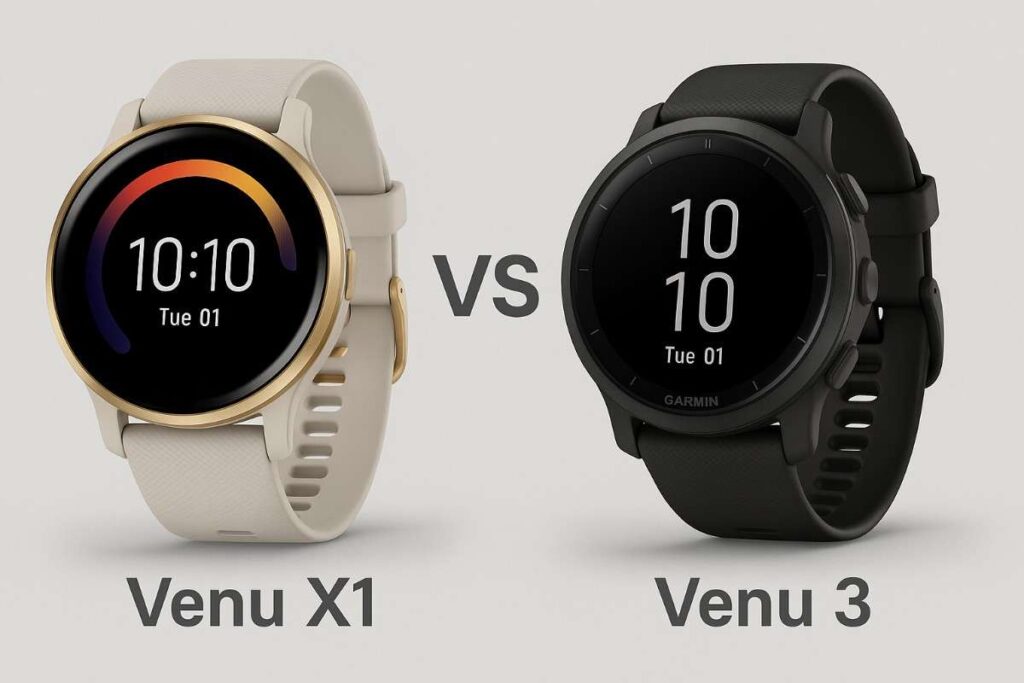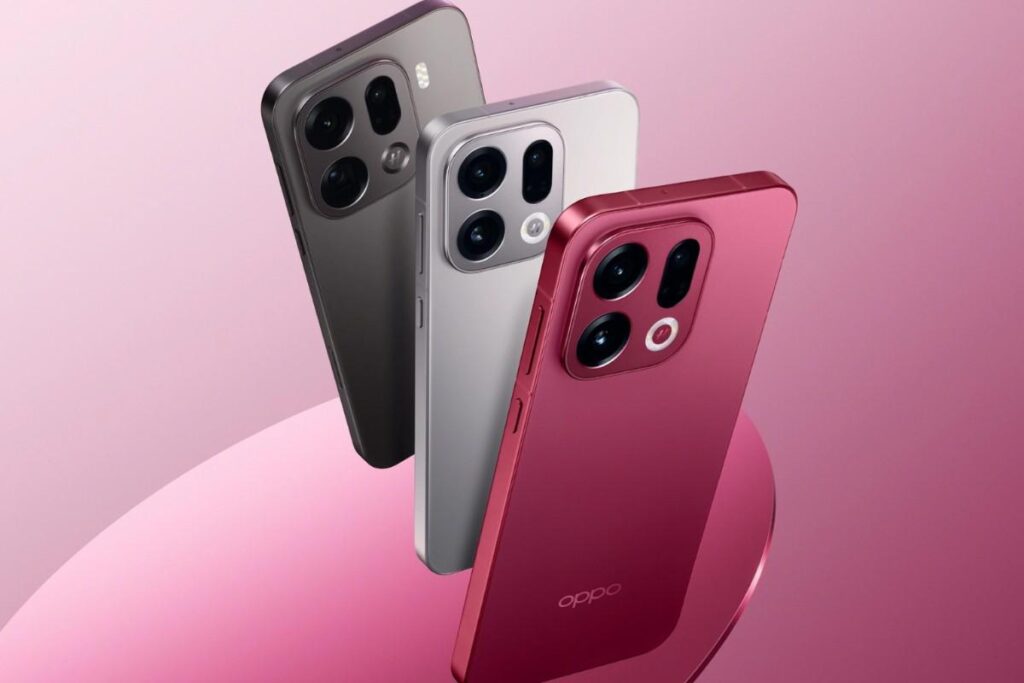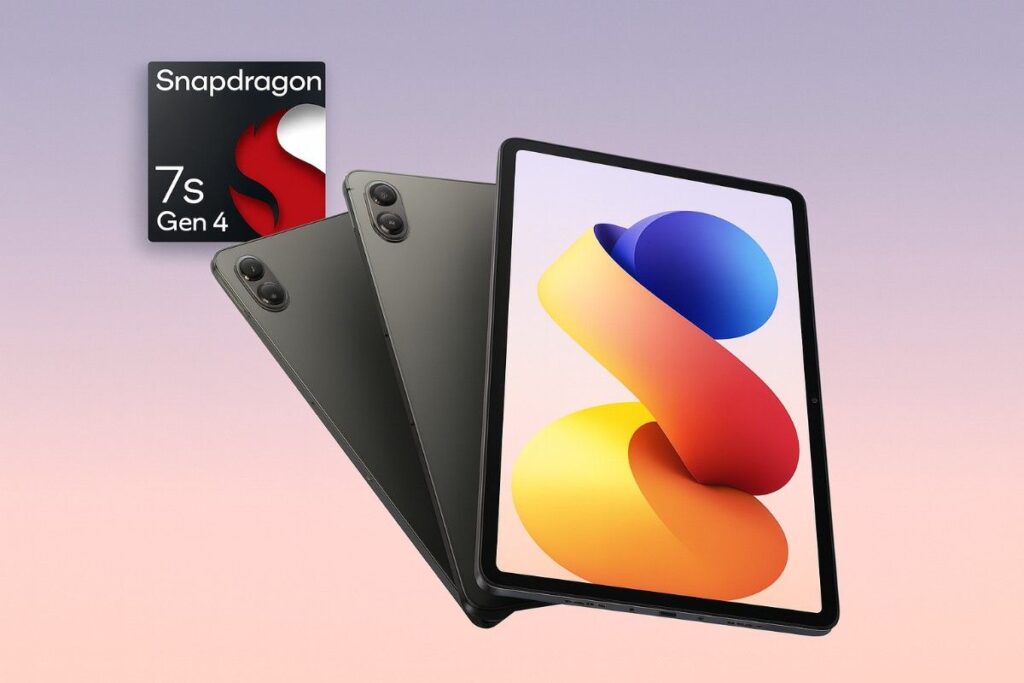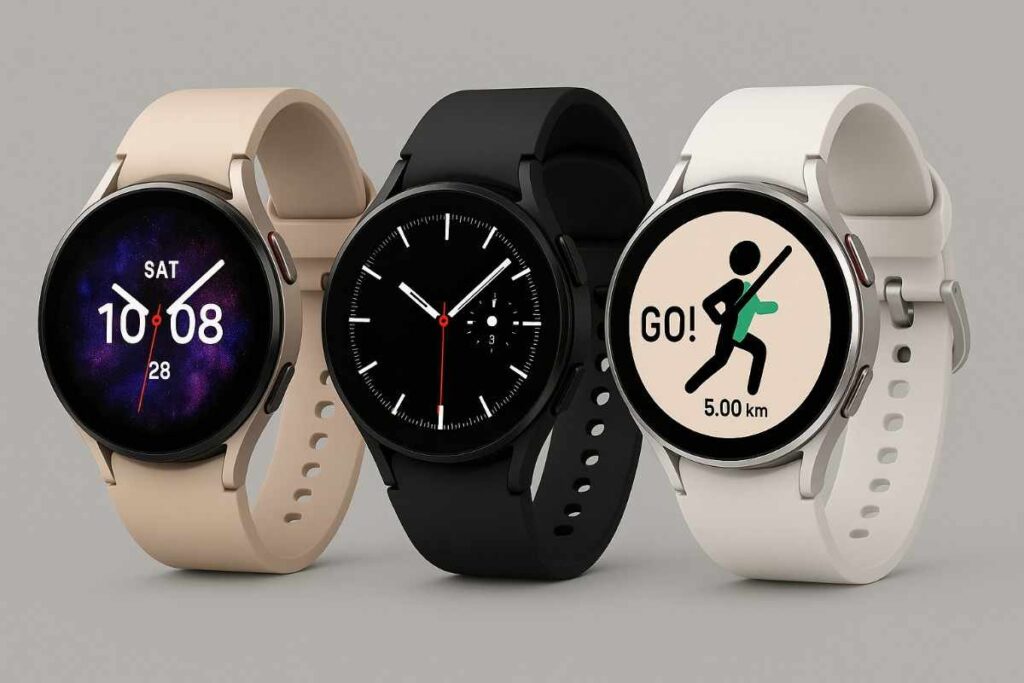OnePlus Pad 2 Goes Ultra-Slim With 10,420 mAh Battery and 144 Hz Display
OnePlus’s new Pad 2 pushes Android tablets toward gaming-grade displays and laptop-lite endurance a 12.1″ 3K 144 Hz panel, a huge 10,420 mAh cell and flagship silicon make it a clear multimedia contender. OnePlus Pad 2 Key specifications 12.1″ 3K (3000×2120) display, up to 144 Hz refresh rate, and around 900 nits peak brightness. 10,420 mAh battery with 67W fast charging and vapor-chamber cooling for sustained performance. Flagship silicon varies by region MediaTek Dimensity 9400+ in some markets, while global and US models list Snapdragon 8 Gen 3 for certain variants. RAM and storage options include 8–16 GB RAM and 256/512 GB UFS. OnePlus Pad 2 3K Display & Snapdragon Power OnePlus tuned the Pad 2 toward bright, fluid visuals and long runtime. The 12.1-inch 3K LCD hits a 7:5 aspect ratio that’s roomy for split-screen work and wide enough for games and video. The panel’s ability to dynamically scale up to 144 Hz plus a high touch sampling rate should make fast mobile titles feel smoother and scrolling feel instant. Peak brightness and Dolby Vision support keep HDR content punchy in outdoor or brightly lit rooms. Under sustained load, OnePlus leans on a large vapor chamber (reported coverage over 46,000 mm2) to keep chassis temperatures low during long gaming or rendering sessions. That matters more here because OnePlus appears to ship different SoCs by market: some launch reports call out the Dimensity 9400+, while OnePlus’s US listings show Snapdragon 8 Gen 3 variants. Either way, this is flagship-class silicon aimed at sustained performance, not just short benchmark spikes. If you’re benchmarking or buying for emulation or gaming, check your regional SKU before ordering. OnePlus Pad 2 Battery and OxygenOS Experience A 10,420 mAh cell is unusual for a slim tablet and explains OnePlus’s claim of long endurance. Expect multiple days of light use (video, browsing, reading) and a full day under heavy use; fast 67W charging shortens downtime. The tradeoff OnePlus made is thickness vs. runtime it still manages to be remarkably slim for that capacity. For content creators, the battery plus vivid display makes the Pad 2 a solid on-the-go editing canvas. OxygenOS on tablets continues to chase a middle ground between phone simplicity and desktop-style multitasking. OnePlus adds floating windows, multi-app split and pen support (where official accessory support exists). As with earlier OnePlus tablets, the keyboard and stylus are optional purchases useful, but not necessarily best-in-class compared with native tablet ecosystems. OnePlus Pad 2 Price and Global Availability OnePlus lists US pricing for a base configuration starting around $549.99 on its US store. India listings and retail pages show varied street pricing (examples around ₹33,000–₹40,000 depending on configuration and sale). Launch coverage signals a China-first reveal with global roll-out staggered by region; check your local OnePlus store or major retailers for exact SKUs and launch windows. Among the current Android tablets, the OnePlus Pad 2 stands out for balancing brute power and battery life in a slim body. Its 12.1-inch 3K 144 Hz panel feels more premium than Xiaomi’s Pad 6 Pro, though Xiaomi still wins slightly on value. Samsung’s Galaxy Tab S9 FE+ offers better software polish and S Pen integration but trails in raw performance with the Exynos 1380. Apple’s iPad Air M2 remains the ecosystem benchmark, delivering smoother app optimization and longer support, yet its 60 Hz screen looks dated beside the Pad 2’s fluid 144 Hz display. In day-to-day use, the OnePlus Pad 2 feels closer to a laptop replacement than most Android rivals especially with its fast charging and multi-window interface.
OnePlus Pad 2 Goes Ultra-Slim With 10,420 mAh Battery and 144 Hz Display Read More »

